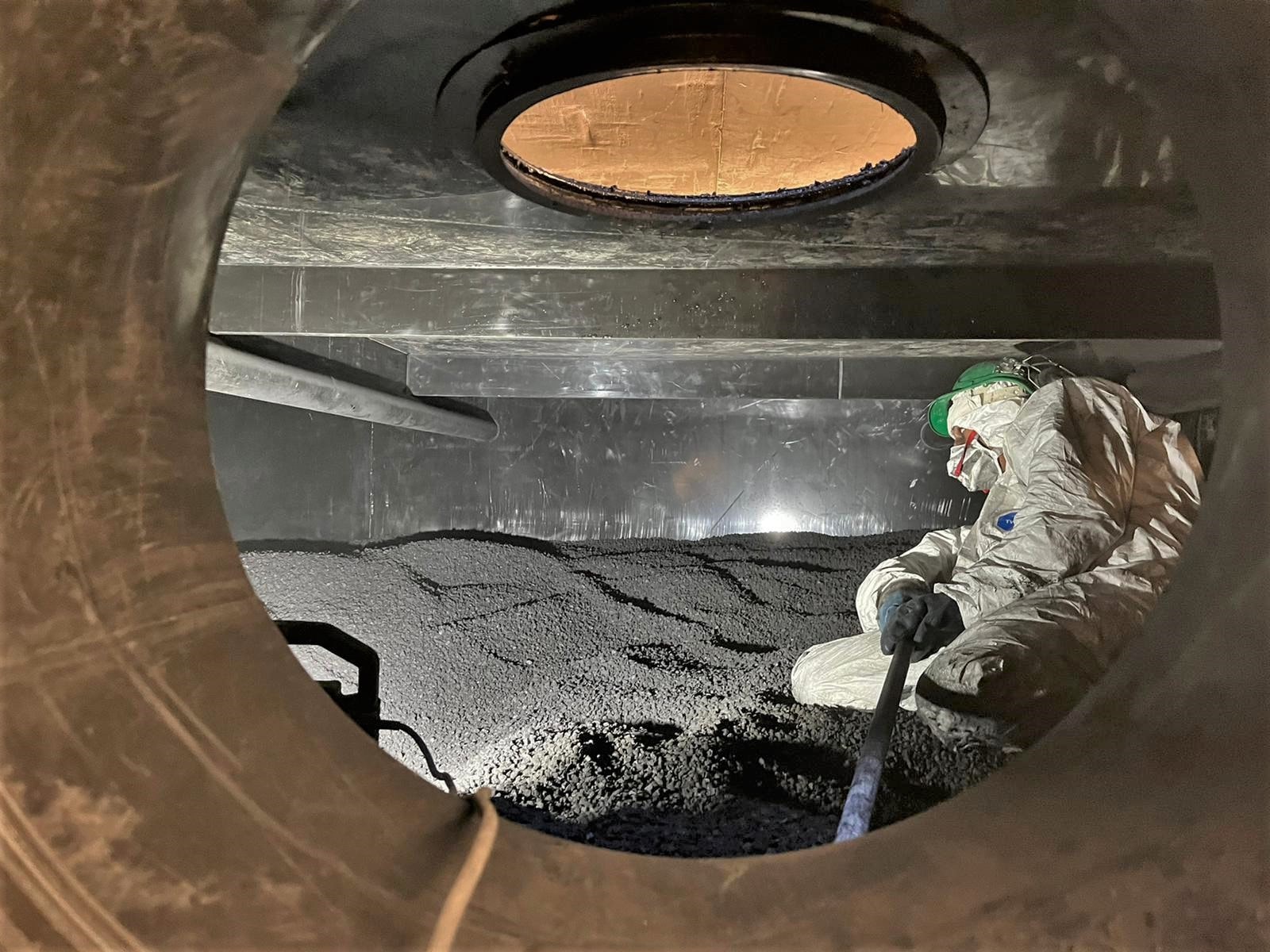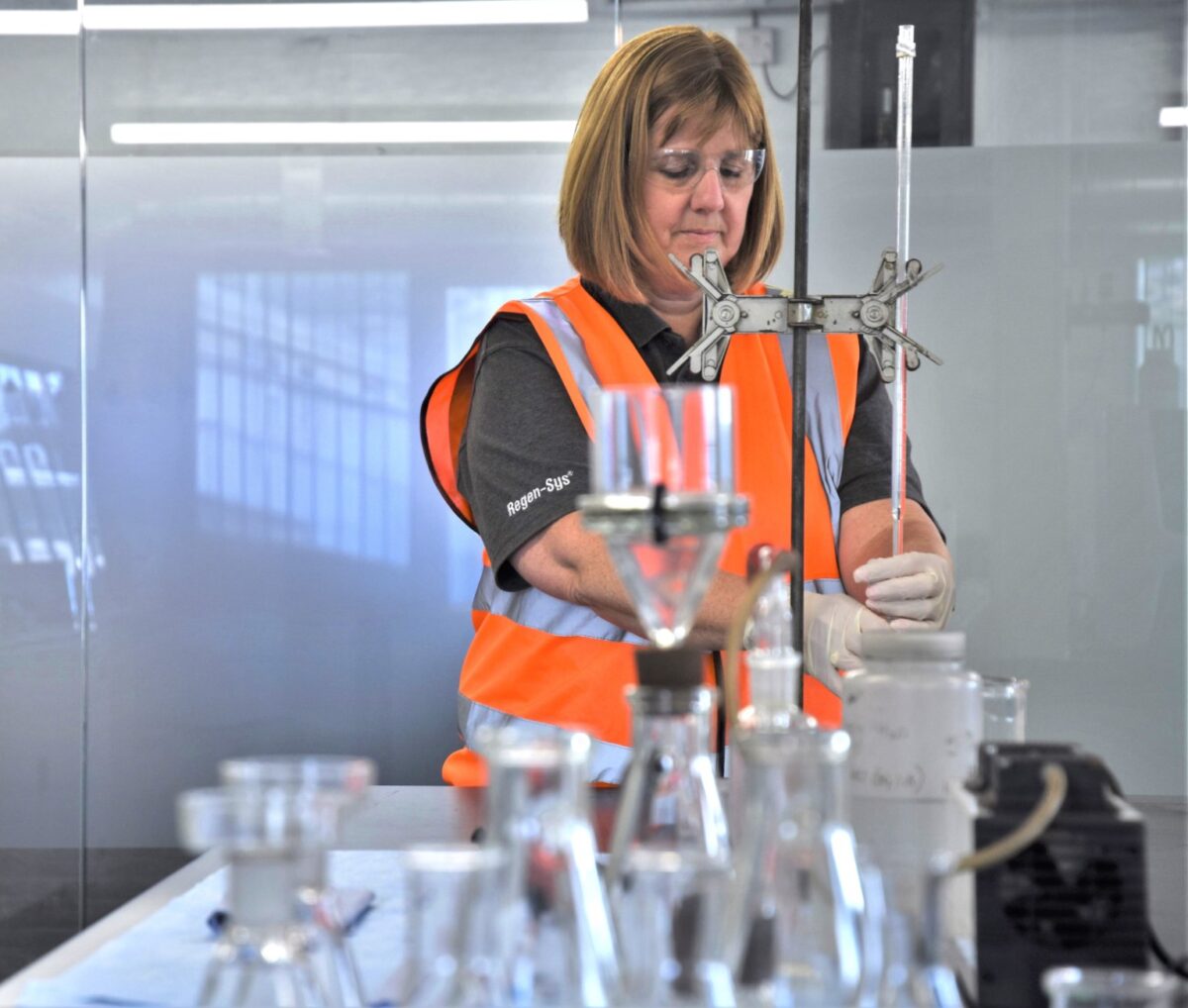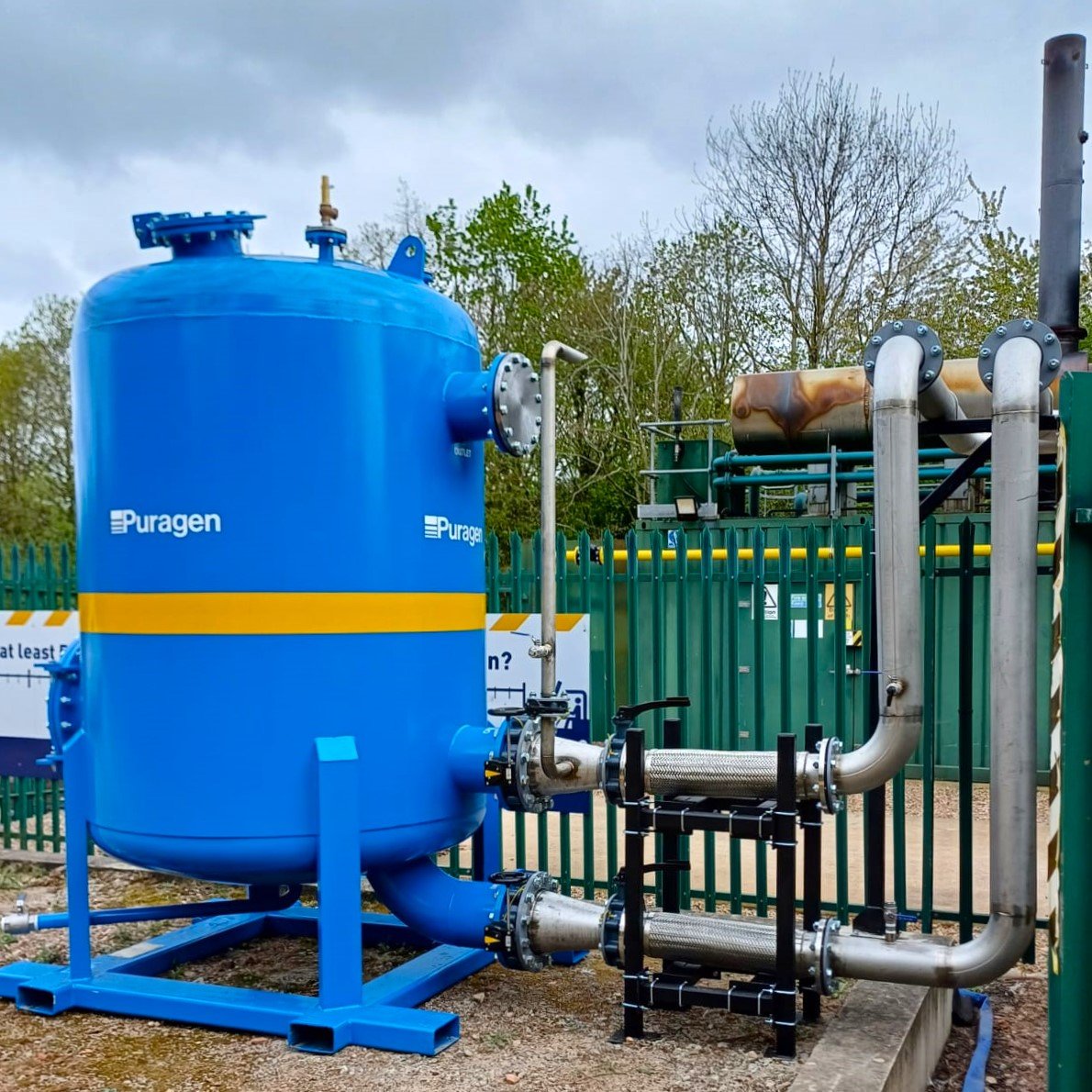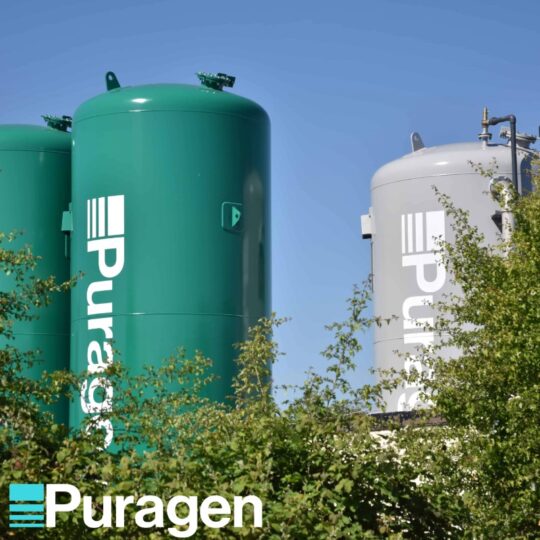As climate regulations tighten, industries are urged to recognise their environmental responsibility and look for alternative strategies to address emissions abatement. Whether it’s Volatile Organic Compounds (VOCs) abatement or minimising hazardous air pollutants (HAPs), businesses are actively seeking to reduce their environmental impact with minimal disruption to operations.
What Is Abatement?
Abatement is the effective reduction of harmful pollutants through advanced purification technology. The aim is to improve air quality and minimise the impact on human health and the surrounding ecosystems.
A common and highly effective method involves activated carbon filtration systems, which prevent harmful contaminants from entering the atmosphere. As environmental regulations grow more stringent and awareness grows, abatement strategies have become a necessity within industrial sectors. The introduction of robust and advanced systems, such as activated carbon filtration units, is helping businesses achieve compliance and demonstrating commitment toward sustainability.
The Impact of Airborne Pollutants
This rising concern regarding the harmful health impacts of airborne pollutants has led to the push for further regulations, such as the Ambient Air Quality Directive, which aims to deliver cleaner air by 2030 as part of the greater strategy to achieve net-zero by 2050. This involves placing stricter air quality monitoring and plans in place with emphasis on a collective effort to adopt such strategies. Environmental permits for industrial sites are to be placed under stricter limits, targeting key airborne contaminants and placing pressure on site operators to find effective methods to clean up their emissions.

Activated Carbon Performance in Emission Abatement
Activated carbon is increasingly recognised as the Best Available Technique (BAT) for the efficient purification of industrial air. Known for being flexible and low-maintenance, the overall structure, porosity and high surface area of activated carbon allow it to trap, adsorb, and hold a wide range of airborne pollutants. It is particularly effective in removing:
- Volatile Organic Compounds (VOCs)
- Hydrogen sulfide (H2S)
- Ammonia (NH3)
- Chlorinated Solvents
- Other Odorous Gases
- Heavy metals such as mercury
Filtration systems, such as the Puragen mobile carbon filters, utilise activated carbon to demonstrate high removal efficiency – greater than 90% in the case of VOCs. Its simple, easy-to-use setup and modular approach make the units incredibly seamless to be integrated into existing operations, with minimal disruption.

Industries That Benefit from Activated Carbon Abatement
Activated carbon is widely used in sectors with high air quality compliance demands, such as:
Chemical Manufacturing
Controls emissions of volatile solvents and chemical residues.
Wastewater Treatment Plants
Remove odorous airborne contaminants from sludge handling and processing.
Food & Beverage
Supports hygiene standards by capturing odours and vapours.
Pharmaceuticals
Provides air purity within clean rooms and waste streams from chemical production processes.
Petrochemicals
Remove volatile contaminants and manage odours from fuel production.

Reduce Emissions with Puragen’s Abatement Technology
At Puragen, we supply a comprehensive and reliable range of abatement solutions, utilising high-quality granular (GAC) activated carbon and extruded pellets. Our mobile carbon filter systems are designed for plug-and-play installation, ensuring minimal disruption to your operations while effectively reducing airborne pollutants. When combined with our engineering capability, Site Services teams, and spent carbon reactivation solutions, Puragen offers a truly end-to-end purification service for a wide range of industries and sectors.
Our expert team supports industries worldwide in meeting strict air quality and environmental permit compliance standards, offering rapid, bespoke formulations and aftercare to suit unique needs. For further guidance on how our activated carbon solutions can support your clean air emissions goals, get in touch with one of our specialists today.

